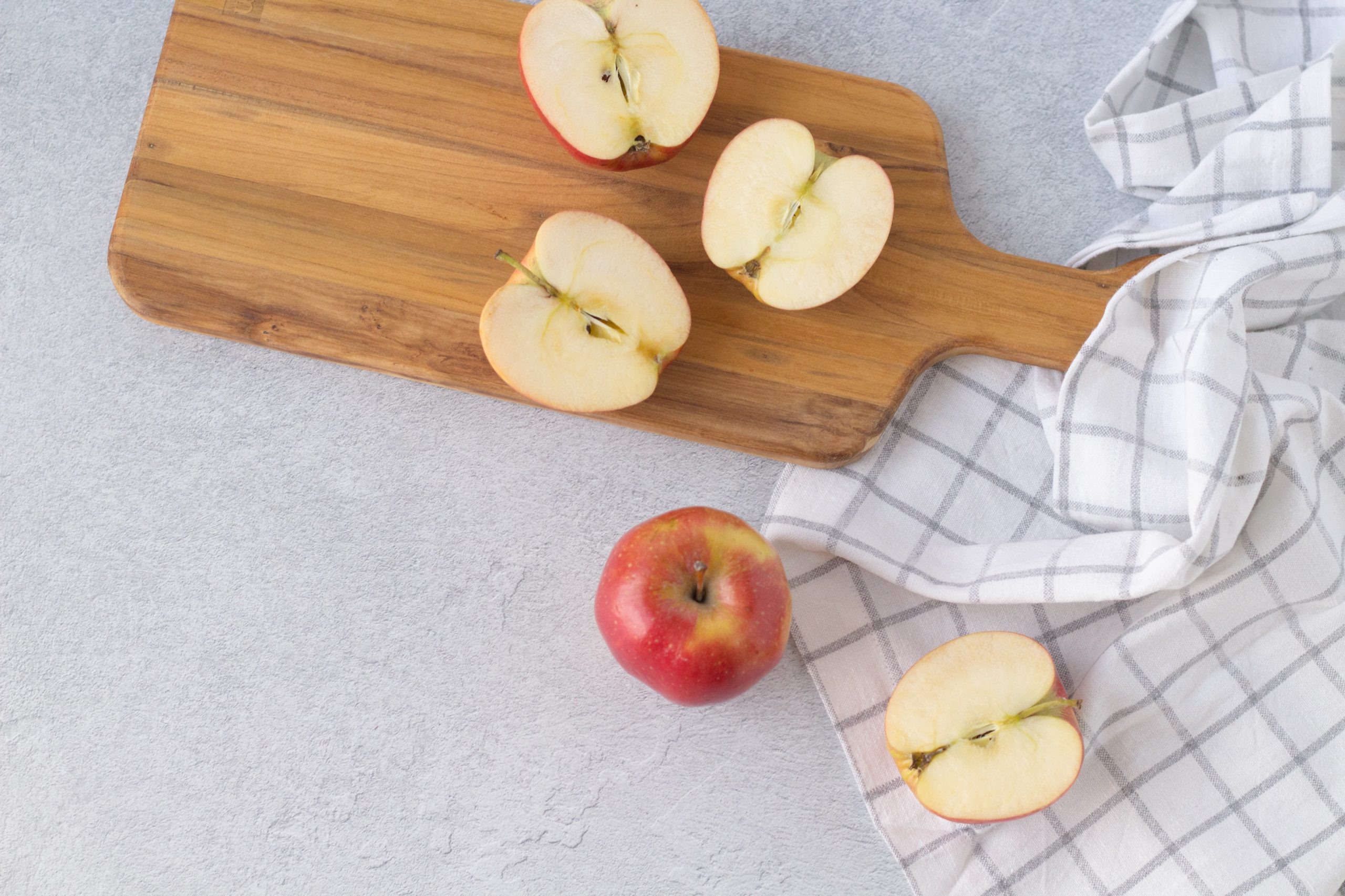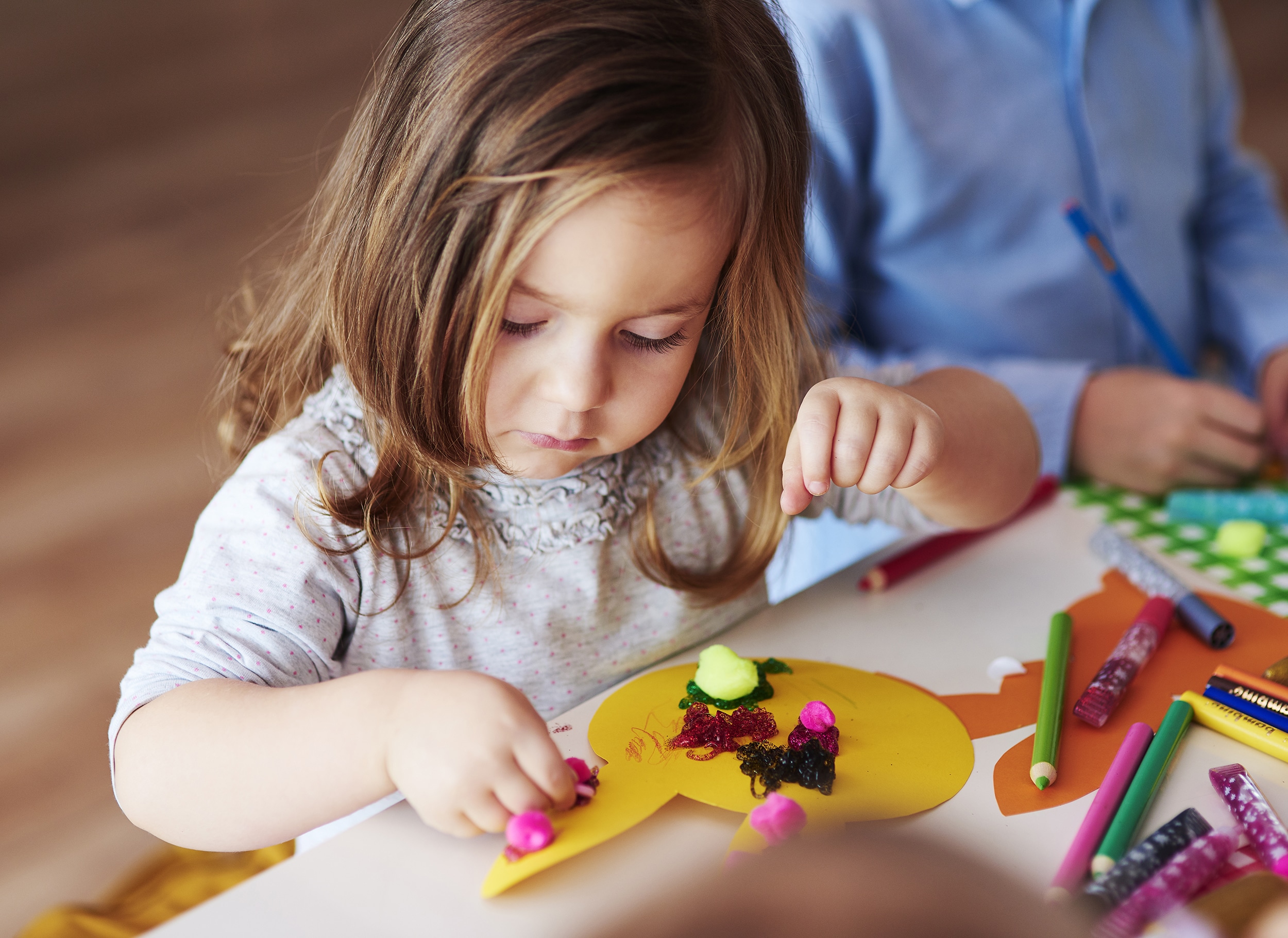Did you catch the second installment in our How to Homeschool series on Facebook Live this morning? First grade teacher Mrs. Lamb was back on our channel sharing more tips. Today, she highlighted three great ways to keep your students engaged in their work at home. And, we loved seeing comments rolling in from parents who said they were trying her calming techniques right along with her and seeing results! Today, let’s dive into energy, stamina, and poetry.
1. How to Release Energy
Kids are naturally energetic, and sometimes their energy levels feel even higher when they’re at home. Because they still need to complete their schoolwork (and parents need to work!), the best thing to do is to encourage your kids to release their energy through movement breaks. Here are a few of Mrs. Lamb’s top suggestions:
Go Noodle: Go Noodle specializes in educational games and activities for students, especially those who are in elementary school. The best part is each game requires students to move their bodies in order to reach the next level (think: waving arms, jumping, dancing, and yoga).
Yoga: If you want to encourage your student to release their energy and practice relaxation at the same time, turn to Cosmic Kids Yoga.
Flashcard Stair Race: Mrs. Lamb said she frequently writes a sight word on a flashcard and places one flashcard on every stair. Then, her kids have to run up and down the stairs and read while they get their wiggles out. This trick would also work well with math problems!
HIIT Workout: Many adults have learned the positives about HIIT workouts, and they’re great for kids too. Frog jumps, bear walks, cheetah runs (running in place!), and elephant stomps are all part of the workout. Kidokinetics has great videos on their website!
Wall Pushups: Rather than doing pushups on the group, encourage your student to do them against a wall. Place hands shoulder-width apart and lean into the wall as though you’re doing a pushup. Think about completing these in reps of 5-10.
Resistance Bands: Mrs. Lamb said she has placed resistance bands around chairs for her kids to use to exercise their legs while working on their schoolwork at the table.
Calming Techniques: These were definitely the fan favorite!
- Belly Breathing: Breathe in for 5 counts and out for 5 counts.
- Smelling Cake & Blowing Out Candles: Imagine you’re smelling cake. Then blow out the candles. The idea is a fun visual one, and you will still want to breathe in and out for 5 counts.
- Starfish Hands: Spread your hand out on the table. Then trace it with your other hand. You could also trace your hand with a pencil onto paper.
2. How to Keep Stamina Up
If you decide you want to run a marathon, most don’t go outside and run 26.2 miles the next day. Instead, you need to train in order to build up endurance and stamina. In order to learn to spend more time reading, learning, or working independently, kids need to build up their stamina in the same way. Mrs. Lamb offered these great tips!
Set a Timer: Mrs. Lamb used the idea of encouraging students to read independently. She said she will set a timer, and ask her kids to choose a book to read or look at the pictures until the buzzer sounds. Think about starting with 5-10 minutes, depending on your child’s age, and add 2 minutes to the timer each day to build up to longer stretches.
Celebrate Small Wins: Mrs. Lamb related this suggestion back to the Gem Jar from our last post. Decide with your child what you would like your goal to be (maybe it’s 3 consecutive days of independent reading). Then celebrate the win! Mrs. Lamb mentioned her students love flashlight reading. Turn out the lights in a room and read a book with a flashlight.
3. How to Celebrate Poetry Month
April is Poetry Month, and many students would have been celebrating at school. So, celebrate at home and keep your kids engaged in reading and writing! Here’s what Mrs. Lamb suggests.
Read Poetry: This is the easiest way to celebrate! Check out famed (and fun!) poets, like Shel Silverstein, online.
Try Writing a Poem: Writing a poem in the shape of an object or writing about a color are great ways to introduce poetry. In terms of writing about colors, a go-to prompt is to describe a color using all five senses:
- What does the color look like?
- What does the color sound like?
- What does the color smell like?
- What does the color taste like?
- What does the color feel like?
Submit to a Poetry Contest: Mrs. Lamb noted there are plenty of contests kids of all ages can submit to! Try searching in your local area or find a contest online.
At the end of her Live, Mrs. Lamb answered questions from how to celebrate Earth Day to the books she loves for elementary school students and more! Make sure to watch the complete segment on our Facebook page.
Great news! Mrs. Lamb will be back for another segment on Thursday. We’ll see you on Facebook!




